Aloe Vera Plant: Care, Types, Growth, and Propagation

You frequently come across a house with lots of aloe vera plants in its garden. Their thick, attractive, fleshy leaves make them a favourable choice for indoor and outdoor plants. Aloe vera plants are famous for their many health benefits, and the gel scooped out of their leaves is used on the skin for soothing and moisturizing purposes and on hair for better growth. Aloe vera juice contains several antioxidants that favour the skin’s appearance and digestive system.
Aloe Vera Plant Care
Aloe vera is native to Africa, the Arabian Peninsula, and Madagascar, which is why this succulent requires plenty of light to grow and doesn’t need much watering.
Aloe vera is a low-maintenance plant and an excellent companion for beginners, but there are some key points to note when caring for this plant.
Even when placed indoors, you should set this plant in a bright sunny spot, but take care that the sunlight does not hit the plant directly, as it can burn its leaves. However, the leaves will crease and weaken if there is too little natural light.
The aloe vera requires proper draining of its soil, and too much watering may rot the leaves. Do not water the soil unless it is too dry for long periods, and the aloe vera does not generally need a fertilizer.

Types of Aloe Vera
Approximately 580 aloe vera species were discovered, most of which are beautiful and less well-known than the common aloe we usually have at home.
1. Aloe Barbadensis Miller
The most famous and well-known member of the genus aloe. It has several medicinal properties and is commonly used as a low-maintenance houseplant.
2. Aloe Variegate
Also known as tiger aloe, aloe variegate is a dwarf aloe known for its toothless leaves and striking white horizontal stripes. Aloe variegate is not edible and grows only 10 to 15 cm high.
3. Aloe Ferox
Aloe ferox is known as bitter aloe, and it is a flowering specie. The Aloe ferox produces a three-meter-high pseudo trunk, and the reddish green leaves spread out, with bright red or orange flowers growing on high stalks.
4. Aloe Polyphylla
Aloe polyphylla, or spiral aloe, is the most attractive aloe. The small leaves are arranged in five rows in a spiral pattern. The fleshy leaves form a beautiful rosette, but beware! The poisonous plant cannot be applied to the skin or eaten.
5. Aloe Aristata
Also known as lace aloe, it is a spherical and dwarf aloe known for its attractive dark green leaves with white bumps. The fleshy leaves form a beautiful rosette, but this plant has no medical benefits.
How to Plant Aloe Vera
Terra cotta pots are most suitable for planting aloe vera, as the porous clay of the pot absorbs extra water, releasing the moisture from the soil of plants that prefer dry conditions, like cactus and aloe vera.
The plant pot should have a drainage hole, and the aloe vera should be planted in cactus compost with additional perlite or horticultural grit.
Some owners prefer to top the compost with another layer of grit, reducing excessive moisture and preventing the plant from rotting and dying.
Where to Grow Aloe Vera
Aloe vera thrives outdoors in a dry and warm environment. It requires up to 6 hours of natural light, but take care that you do not expose it to direct sunlight.
A covered patio is an excellent spot to grow aloe vera plants, and it is necessary to provide an arid and tropical environment for the plant. It grows efficiently between 55°F to 85°F, and most species cannot tolerate frost or temperatures below 40°F.
How to Propagate Aloe Vera
Aloe vera propagation is relatively easy than other plants. You only need to watch for baby aloe plants around their parent. Remove these offsets, also known as pups, and use them for propagation.
Doing this process when the plant grows on the ground is easy, but potted plants require careful removal of offshoots. Once the offshoots are four inches high, carefully remove the whole plant from its pot and use light fingers to check for the separate root systems of these pups. If their roots are firmly attached to the parent roots, use a knife to separate them carefully.
Let the parent plant and the offshoot develop calluses, then repot them in terra cotta pots with a suitable cactus compost. Place them in an area that offers sufficient sunlight, and avoid watering them for at least a week.
There are other methods to propagate aloe vera plants, which include using leaf cuttings, or seeds.
In Conclusion
The Aloe vera plant is a decorative succulent that requires less maintenance and is easy to grow. If you are a beginner learning to take care of plants and decorate your home and office with them, buying a collection of different aloe vera species and other succulents is highly recommended.
Benefits of incorporating Aloe Vera rugs in your home décor

Incorporating Aloe Vera rugs into your home décor offers a multitude of advantages that extend beyond mere aesthetics. These versatile floor coverings provide a unique blend of functionality, sustainability, and natural beauty, making them an excellent choice for conscious homeowners.
-
Natural and Sustainable Choice: Aloe Vera rugs are crafted from the fibrous leaves of the Aloe Vera plant, a renewable and eco-friendly resource. By choosing these rugs, you're contributing to a more sustainable future while embracing the beauty of nature in your living spaces.
-
Healthier Indoor Environment: Unlike synthetic rugs that may contain harmful chemicals or emit volatile organic compounds (VOCs), Aloe Vera rugs are free from toxins and allergens, promoting a healthier indoor air quality for you and your loved ones.
-
Antibacterial and Hypoallergenic Properties: The Aloe Vera plant is renowned for its natural antibacterial and hypoallergenic properties, making these rugs an excellent choice for those with allergies or sensitivities. They help create a cleaner and more hygienic environment, reducing the risk of respiratory issues and skin irritations.
-
Durability and Easy Maintenance: Aloe Vera rugs are incredibly durable and resilient, capable of withstanding heavy foot traffic and everyday wear and tear. Their natural fibers are resistant to fading, staining, and shedding, ensuring long-lasting beauty with minimal maintenance requirements.
-
Versatile Design Options: Available in a wide range of colors, patterns, and textures, Aloe Vera rugs offer endless possibilities for complementing various interior design styles. From minimalist and modern to rustic and bohemian, these rugs can effortlessly blend into any aesthetic, adding warmth and character to your living spaces.
Aloe Vera rugs as a natural and sustainable choice
In an era where environmental consciousness is paramount, choosing Aloe Vera rugs for your home décor is a responsible and sustainable decision. These rugs are crafted from the fibrous leaves of the Aloe Vera plant, a renewable and eco-friendly resource that requires minimal water and pesticides to cultivate.
By opting for Aloe Vera rugs, you're not only embracing the beauty of nature but also reducing your carbon footprint and supporting sustainable practices. Unlike synthetic rugs that contribute to environmental pollution and resource depletion, these natural floor coverings are biodegradable and can be easily recycled or composted at the end of their lifespan.
Furthermore, the production process of Aloe Vera rugs is environmentally friendly, utilizing traditional weaving techniques and minimizing the use of harmful chemicals or dyes. This ensures that your choice of floor covering aligns with your commitment to preserving the planet for future generations.
By incorporating Aloe Vera rugs into your home décor, you're making a conscious decision to embrace a more sustainable lifestyle while enjoying the warmth, texture, and natural beauty that these rugs bring to your living spaces.
Aloe Vera rugs for a healthier indoor environment
In today's world, where we spend a significant amount of time indoors, ensuring a healthy and breathable living environment is of utmost importance. Aloe Vera rugs offer a natural solution to promote better indoor air quality and create a healthier home for you and your loved ones.
Unlike synthetic rugs that may contain harmful chemicals or emit volatile organic compounds (VOCs), Aloe Vera rugs are crafted from the fibrous leaves of the Aloe Vera plant, a natural and non-toxic material. These rugs are free from allergens, toxins, and synthetic additives, ensuring that the air you breathe remains fresh and pure.
Additionally, the natural properties of Aloe Vera rugs make them resistant to mold, mildew, and bacterial growth, further contributing to a healthier indoor environment. Their breathable fibers allow for proper air circulation, preventing the accumulation of moisture and reducing the risk of respiratory issues or allergic reactions.
By choosing Aloe Vera rugs for your home, you're not only enhancing the aesthetic appeal of your living spaces but also prioritizing the well-being of your family. These rugs create a safe and comfortable environment, free from harmful pollutants and allergens, allowing you to breathe easier and enjoy a better quality of life.
Where to Buy Dwarf Aloe Vera: Finding Your Perfect Miniature Succulent
Dwarf aloe vera plants are becoming increasingly popular for their compact size and easy care. Find these charming succulents at local garden centres, speciality plant shops, or through online plant retailers. When purchasing, look for plants with firm, plump leaves and no signs of damage. Consider buying from reputable sellers who can provide care instructions and guarantee plant health. Remember to check if the seller offers shipping options if you're buying online, ensuring the plant arrives in good condition.
Dwarf Aloe Vera Care: Nurturing Your Miniature Medicinal Plant
Caring for dwarf aloe vera is relatively straightforward, making it an excellent choice for beginners. Place your plant in bright, indirect sunlight for optimal growth. Use a well-draining potting mix specifically designed for succulents. Water thoroughly but infrequently, allowing the soil to dry out between waterings to prevent root rot. These plants thrive in warm temperatures between 13-27°C (55-80°F). Fertilise sparingly during the growing season with a balanced, water-soluble fertiliser. Watch for pests like mealybugs and address any issues promptly to keep your dwarf aloe vera healthy.

Dwarf Aloe Cactus Benefits: Small Plant, Big Advantages
Despite their diminutive size, dwarf aloe plants offer numerous benefits. Like their larger counterparts, they contain gel with healing properties, useful for minor burns and skin irritations. These compact plants are excellent for air purification, helping to remove toxins from your indoor environment. Their small size makes them ideal for desk or windowsill gardening, bringing a touch of nature to limited spaces. Dwarf aloes are also low-maintenance, making them perfect for busy individuals or those new to plant care. Additionally, their attractive appearance makes them decorative elements in home or office settings.
Best Dwarf Aloe Vera: Top Choices for Compact Spaces
When selecting the best dwarf aloe vera, consider varieties known for their compact growth and attractive appearance. The Aloe 'Lizard Lips' is prized for its unique, textured leaves. Aloe 'Christmas Carol' offers festive red-tinged foliage. For a classic look, Aloe 'Minibelle' provides the traditional aloe shape in a smaller package. Aloe 'Pink Blush' adds a touch of colour with its pinkish leaves. When choosing, consider factors like mature size, leaf colour, and growth rate to find the perfect dwarf aloe for your space.
Best Aloe Vera Type Plant: Selecting the Ideal Variety for Your Needs
Choosing the best aloe vera plant depends on your specific requirements. For medicinal use, the Aloe barbadensis miller is widely regarded as the most beneficial. If you're looking for an ornamental variety, consider the Aloe 'Blue Elf' with its striking blue-green leaves. For easy care, the Aloe vera 'Little Gold Tooth' is an excellent choice, known for its hardiness. Those seeking a larger, statement plant might prefer the Aloe arborescens. Consider factors like available space, light conditions, and intended use when selecting your ideal aloe vera plant.
Aloe Vera Type Plant Indoor: Thriving Succulents for Interior Spaces
Aloe vera plants are excellent choices for indoor cultivation. The Aloe vera 'Hedgehog' is compact and well-suited for windowsills. For low-light conditions, consider the Aloe vera 'Crosby's Prolific', known for its tolerance of less-than-ideal light. The Aloe 'Black Gem' offers striking dark foliage for a unique indoor accent. When growing aloe indoors, ensure good drainage, bright indirect light, and moderate watering. These plants thrive in temperatures between 13-27°C (55-80°F), making them suitable for most indoor environments.
Which Type of Aloe Vera is Good for Skin: Healing Varieties for Skincare
For skincare purposes, certain aloe vera varieties are particularly beneficial. The Aloe barbadensis miller, commonly known as true aloe vera, is renowned for its healing properties and is widely used in skincare products. The Aloe ferox, or Cape aloe, is known for its high concentration of beneficial compounds. Aloe arborescens is another excellent choice, often used in natural remedies. When using aloe for skin care, always perform a patch test first and consult with a healthcare professional if you have any concerns or skin conditions.
Aloe Species Identification: Recognising Different Aloe Varieties
Identifying aloe species can be challenging due to their similar appearances. Look for distinctive features like leaf shape, colour, and markings. The classic Aloe vera has thick, fleshy leaves with serrated edges. Aloe polyphylla is recognisable by its spiral growth pattern. Aloe striata has broad, flat leaves with pink edges. Pay attention to flower colour and shape when the plant blooms, as this can be a key identifier. For accurate identification, consider consulting botanical guides or seeking advice from plant experts at local gardening societies.
Aloe Vera Indoor Plant Benefits: Natural Advantages of Home-Grown Aloe
Growing aloe vera indoors offers numerous benefits. These plants are excellent air purifiers, removing toxins like formaldehyde and benzene from your home. Aloe vera gel has medicinal properties, useful for treating minor burns, cuts, and skin irritations. Having an aloe plant at home provides a readily available source of this healing gel. Aloe vera plants are also low-maintenance, making them ideal for busy households or novice plant owners. Additionally, they add a decorative element to your interior, bringing a touch of nature indoors.
Benefits of Aloe Vera Plant in Home: Natural Wellness at Your Fingertips
Having an aloe vera plant at home offers a range of advantages. It serves as a natural first-aid kit, providing gel for minor burns, cuts, and skin irritations. Aloe vera plants improve indoor air quality by removing common pollutants. They are low-maintenance, making them suitable for all levels of gardening experience. Aloe vera plants can boost humidity in dry indoor environments, benefiting respiratory health. Their presence can also have a calming effect, contributing to a more relaxed home atmosphere. Additionally, growing aloe at home ensures you have a fresh, organic source of aloe gel for various uses.
Aloe Vera Type Care Watering: Proper Hydration for Healthy Plants
Proper watering is crucial for aloe vera plant care. These succulents prefer deep but infrequent watering. Allow the soil to dry out completely between waterings, typically every 2-3 weeks. When you do water, saturate the soil thoroughly until water drains from the bottom of the pot. Reduce watering in winter when the plant is dormant. Avoid overwatering, as this can lead to root rot. Signs of overwatering include soft, mushy leaves, while underwatering results in thin, curled leaves. Always use pots with drainage holes to prevent water from pooling around the roots.
Aloe Vera Plant Care Problems: Troubleshooting Common Issues
Aloe vera plants can face several care problems. Overwatering is a common issue, leading to root rot and soft, discoloured leaves. Underwatering results in thin, curled leaves and slow growth. Insufficient light can cause the plant to become leggy and pale. Watch for pest infestations like mealybugs or spider mites, which can be treated with insecticidal soap. Sunburn can occur if the plant is suddenly exposed to intense direct sunlight, causing brown spots on leaves. Address these issues promptly by adjusting care routines and treating any infestations to maintain a healthy aloe plant.
Aloe Vera Type Care Outdoor: Nurturing Aloe in Garden Settings
Outdoor care for aloe vera requires attention to environmental factors. These plants thrive in well-draining soil and prefer full sun to partial shade. In hot climates, provide some afternoon shade to prevent sunburn. Aloe vera is drought-tolerant but benefits from occasional deep watering, especially during dry spells. Protect your plants from frost in colder regions, as they are not cold-hardy. Consider planting in raised beds or on slopes to ensure good drainage. Watch for pests like snails and slugs, which can damage the leaves. Outdoor aloes generally require less care than indoor plants but may need protection from extreme weather conditions.
Aloe Vera Type Care in Pots: Container Gardening for Succulents
Caring for potted aloe vera plants requires attention to container conditions. Choose pots with ample drainage holes to prevent water logging. Use a well-draining potting mix specifically formulated for succulents. Place pots in areas receiving bright, indirect sunlight. Water thoroughly but allow the soil to dry out between waterings. Fertilise sparingly during the growing season with a balanced, water-soluble fertiliser diluted to half strength. Repot every 2-3 years or when the plant outgrows its container. In winter, move pots to a protected area if temperatures drop below 10°C (50°F).
How to Take Care of Aloe Vera Plant Indoors: Indoor Cultivation Tips
Caring for indoor aloe vera plants involves creating the right environment. Place your aloe in a spot with bright, indirect sunlight, such as near a south or west-facing window. Use a well-draining potting mix and a pot with drainage holes. Water thoroughly but infrequently, allowing the soil to dry out between waterings. Maintain temperatures between 13-27°C (55-80°F) for optimal growth. Rotate the pot regularly to ensure even growth. Dust the leaves occasionally to keep them clean and able to photosynthesise effectively. Watch for signs of pests or overwatering, addressing any issues promptly to keep your indoor aloe healthy.

How to Take Care of Aloe Vera Plant in Winter: Cold Season Care Guide
Winter care for aloe vera plants requires some adjustments. Reduce watering frequency, as the plant enters a dormant phase and requires less moisture. Move plants away from cold windows to protect them from drafts. Provide bright, indirect light, which may require relocating plants or using grow lights in darker winter months. Maintain temperatures above 10°C (50°F) to prevent cold damage. Avoid fertilising during this dormant period. Watch for signs of etiolation (stretching towards light sources), which may indicate insufficient light. If keeping plants outdoors, bring them inside or provide frost protection when temperatures approach freezing.
People Also Asked
Do aloe plants need direct sunlight?
Aloe plants thrive in bright, indirect sunlight. While they can tolerate some direct sun, too much can scorch their leaves. Aim for 6-8 hours of indirect light daily for optimal growth.
How do you care for an indoor aloe vera plant?
Care for indoor aloe vera by providing bright, indirect light, watering deeply but infrequently, and using well-draining soil. Ensure good air circulation and maintain temperatures between 55-80°F (13-27°C).
Should I cut the brown tips off my aloe plant?
Yes, you can trim brown tips from your aloe plant. Use clean, sharp scissors to cut at an angle, mimicking the leaf's natural shape. This improves appearance and prevents further damage.
What does an overwatered aloe plant look like?
An overwatered aloe plant exhibits soft, mushy leaves that may turn yellow or brown. The stem might become soft and dark, and you may notice a foul odor from root rot.
Can I leave my aloe plant outside in the summer?
Aloe plants can be moved outdoors during summer, but acclimate them gradually. Place in a partially shaded area and protect from intense midday sun and heavy rain. Bring indoors when temperatures drop below 50°F (10°C).
Why is my aloe plant so droopy?
Droopy aloe leaves often indicate overwatering or poor drainage. It can also be a sign of underwatering, insufficient light, or temperature stress. Check soil moisture and adjust care accordingly.
Why does my aloe plant hate the sun?
Aloe plants don't "hate" sun, but they can be sensitive to intense, direct sunlight. Too much sun can cause leaf burn, resulting in brown or bleached spots. Provide bright, indirect light for best results.
Why is my aloe plant turning brown?
Browning in aloe plants can be caused by sunburn, overwatering, underwatering, or pest infestation. Identify the specific cause by examining the plant's environment and care routine.
How often should I water aloe vera?
Water aloe vera every 2-3 weeks in spring and summer, and every 3-4 weeks in fall and winter. Always allow the soil to dry completely between waterings to prevent root rot.
How to grow aloe vera faster?
Encourage faster aloe vera growth by providing optimal light conditions, using a well-draining potting mix, and fertilizing sparingly with a balanced, water-soluble fertilizer during the growing season.
Where should an aloe vera plant be kept?
Keep aloe vera plants in a spot with bright, indirect sunlight, such as near a south or west-facing window. Ensure good air circulation and maintain a consistent temperature between 55-80°F (13-27°C).
How do you keep an aloe plant alive outside?
Keep outdoor aloe plants alive by placing them in a partially shaded area, protecting from frost and heavy rain, and ensuring excellent drainage. Bring indoors when temperatures drop below 50°F (10°C).
Why is my aloe plant turning yellow?
Yellowing aloe leaves often indicate overwatering or poor drainage. It can also be caused by nutrient deficiencies, insufficient light, or pest problems. Assess your plant's environment and care routine to identify the cause.
How to make an aloe vera plant healthy?
Maintain a healthy aloe vera plant by providing bright, indirect light, using well-draining soil, watering deeply but infrequently, and ensuring good air circulation. Fertilize sparingly during the growing season.
Why is my indoor aloe plant dying?
Indoor aloe plants may die due to overwatering, poor drainage, insufficient light, or extreme temperatures. Assess your plant's environment and care routine to identify and address the specific issue.
What does an unhealthy aloe plant look like?
An unhealthy aloe plant may have discolored leaves (yellow, brown, or pale), soft or mushy texture, stunted growth, or drooping leaves. The plant might also develop spots, have a foul odor, or show signs of pest infestation.
Can aloe survive without sunlight?
While aloe can survive short periods without sunlight, it cannot thrive long-term without light. Aloe plants need bright, indirect light to photosynthesize and maintain healthy growth.
How to tell if aloe vera is healthy?
A healthy aloe vera plant has plump, firm leaves with a vibrant green color. The plant should have upright growth and produce new leaves regularly. Healthy roots are white or light-colored and firm.
Are coffee grounds good for aloe vera plants?
Coffee grounds are generally not recommended for aloe vera plants. Aloe prefers slightly acidic to neutral soil, and coffee grounds can make the soil too acidic. Instead, use a well-draining, cactus-specific potting mix for optimal growth.
How do I know if my aloe plant is happy?
A happy aloe plant has thick, fleshy leaves that are upright and green. Look for new growth and ensure the plant isn't stretching or yellowing, which indicates contentment.
Can aloe vera get too much sun?
Yes, aloe can get too much sun. Signs of sunburn include brown or pale spots on leaves. Provide bright, indirect light for optimal growth and avoid harsh afternoon sun.
What is indirect sunlight?
Indirect sunlight is light that doesn't shine directly on the plant. It's often found near bright windows with sheer curtains or in spots that receive reflected light from nearby surfaces.
How often should aloe be watered?
Water aloe every 2-3 weeks in spring and summer, and monthly in fall and winter. Always let the soil dry completely between waterings to prevent root rot.
Is it bad if aloe vera turns pink?
Aloe turning pink is often a sign of stress, usually from too much direct sunlight. While not immediately harmful, it indicates the plant needs less intense light or a change in its environment.
Should I cut off dying aloe leaves?
Yes, remove dying or damaged leaves at the base using clean, sharp scissors. This promotes healthier growth and prevents potential disease spread to other parts of the plant.
How do I keep my aloe plant happy?
Keep your aloe happy by providing well-draining soil, bright indirect light, and infrequent but deep watering. Ensure good air circulation and protect from extreme temperatures.
Is it good to have aloe vera in the bedroom?
Aloe vera can be beneficial in bedrooms as it purifies air by removing toxins. It also releases oxygen at night, potentially improving sleep quality. Ensure it receives adequate light during the day.
What is the lifespan of an aloe vera plant?
With proper care, an aloe vera plant can live 10-25 years indoors. Some varieties in ideal outdoor conditions can live even longer, potentially reaching several decades in age.
Can I put my aloe plant outside in the summer?
Yes, aloe can benefit from outdoor summer placement. Gradually acclimate it to prevent shock, and ensure it's in a spot with partial shade to protect from intense midday sun.
Why is my aloe plant drooping?
Drooping aloe leaves often indicate overwatering or poor drainage. It can also be caused by insufficient light, extreme temperatures, or pest infestations. Check these factors and adjust care accordingly.
How do you take care of an aloe vera plant?
To care for an aloe vera plant:
- Provide well-draining soil
- Water deeply but infrequently
- Ensure bright, indirect sunlight
- Use a pot with drainage holes
- Avoid overwatering to prevent root rot
Do aloe vera plants need direct sunlight?
Aloe vera plants prefer:
- Bright, indirect sunlight
- 6-8 hours of light daily
- Protection from harsh afternoon sun
- Gradual acclimation to more light
- Rotating the plant for even growth
How can I make my aloe vera grow faster?
Boost aloe vera growth by:
- Providing optimal light conditions
- Using a well-draining, sandy soil mix
- Fertilizing sparingly during growing season
- Ensuring proper watering (not too much, not too little)
- Repotting when the plant outgrows its container
What is the best fertilizer for aloe vera?
The best fertilizer for aloe vera is:
- A balanced, water-soluble fertilizer
- Diluted to half-strength
- Applied once a month during growing season
- Low in nitrogen to prevent soft growth
- Phosphorus-rich to encourage root development
How can I keep my aloe plant alive?
Keep your aloe plant thriving by:
- Avoiding overwatering - let soil dry between waterings
- Providing adequate light without scorching
- Using a pot with drainage holes
- Protecting from frost in cold climates
- Cleaning leaves occasionally to remove dust
Can aloe be outside in summer?
Aloe can be outside in summer:
- Gradually acclimate to outdoor conditions
- Provide partial shade to prevent sunburn
- Protect from heavy rain to avoid waterlogging
- Bring indoors if temperatures drop below 50°F (10°C)
- Monitor for pests more frequently when outdoors
Why is aloe turning brown?
Aloe turning brown may indicate:
- Sunburn from too much direct sunlight
- Overwatering leading to root rot
- Underwatering causing dehydration
- Pest infestation such as mealybugs
- Temperature stress from extreme cold or heat
How to make aloe vera bushy?
Encourage bushier aloe vera growth by:
- Pruning outer leaves to promote new growth
- Ensuring adequate light for all parts of the plant
- Rotating the pot regularly for even growth
- Removing offsets (pups) to focus energy on the main plant
- Providing proper nutrition with balanced fertilizer
Why is my aloe vera plant dying?
Common reasons for aloe vera decline include:
- Overwatering leading to root rot
- Insufficient light causing weak growth
- Poor drainage in soil or pot
- Pest infestations like mealybugs or scale insects
- Extreme temperatures (too hot or too cold)
How to tell if your aloe plant is male or female?
Aloe vera plants are not typically categorized as male or female. Instead:
- All aloe plants can potentially produce flowers
- Flowers contain both male and female parts (perfect flowers)
- Reproduction occurs through offsets (pups) or seeds
- Gender distinction is not relevant for home cultivation
- Focus on overall plant health rather than gender
How can I make my aloe plant happy?
Keep your aloe plant happy by:
- Providing bright, indirect sunlight
- Using a well-draining soil mix
- Watering deeply but infrequently
- Maintaining warm temperatures (55-80°F / 13-27°C)
- Fertilizing sparingly during the growing season
What is the secret to growing aloe vera?
The secret to thriving aloe vera is:
- Mimicking its natural desert habitat
- Providing plenty of light without scorching
- Using extremely well-draining soil
- Watering deeply but allowing soil to dry completely
- Avoiding overcare - aloe thrives on some neglect
Can aloe get too much sun?
Yes, aloe can get too much sun:
- Leaves may turn brown or yellow
- White or brown spots can appear on leaves
- Plants may become dry and shriveled
- Gradual acclimation to more sun is key
- Provide shade during peak afternoon hours
Do aloe vera plants flower?
Aloe vera plants can flower:
- Flowering is rare in indoor plants
- Mature plants (4+ years) are more likely to bloom
- Flowers are typically tubular and orange or yellow
- Blooming occurs in late winter to early spring
- Adequate light and maturity are key for flowering
Is coffee good for aloe plants?
Coffee is generally not recommended for aloe plants:
- Aloe prefers slightly acidic to neutral soil (pH 6.0-7.0)
- Coffee grounds can make soil too acidic
- Used sparingly, coffee grounds can add nutrients
- Fresh coffee should never be used on aloe
- Compost coffee grounds before adding to soil, if desired
Related Blog Posts
How to Grow and Care for African Violets
A Step-By-Step Tutorial for Growing a Magnificent Magnolia Tree




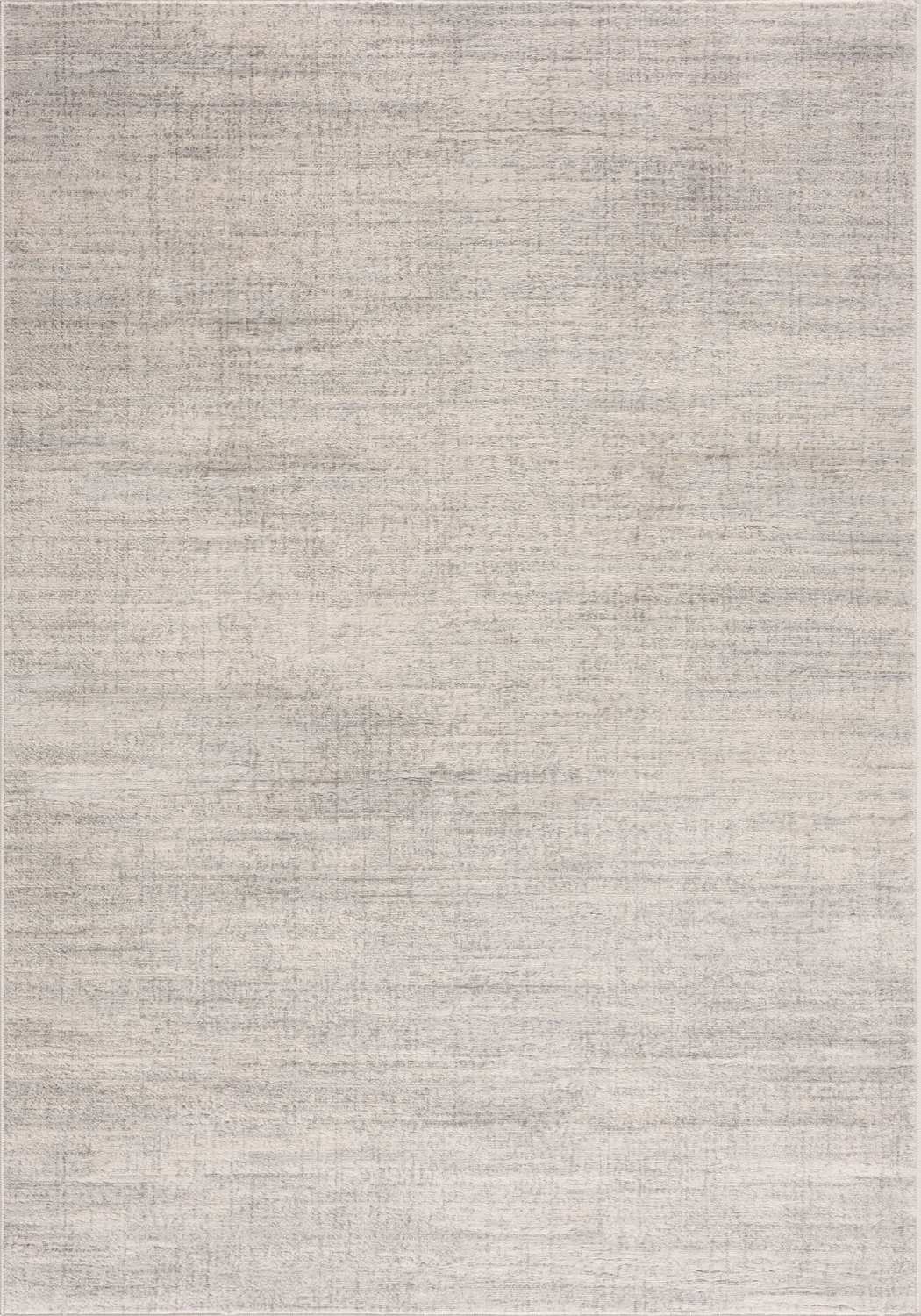
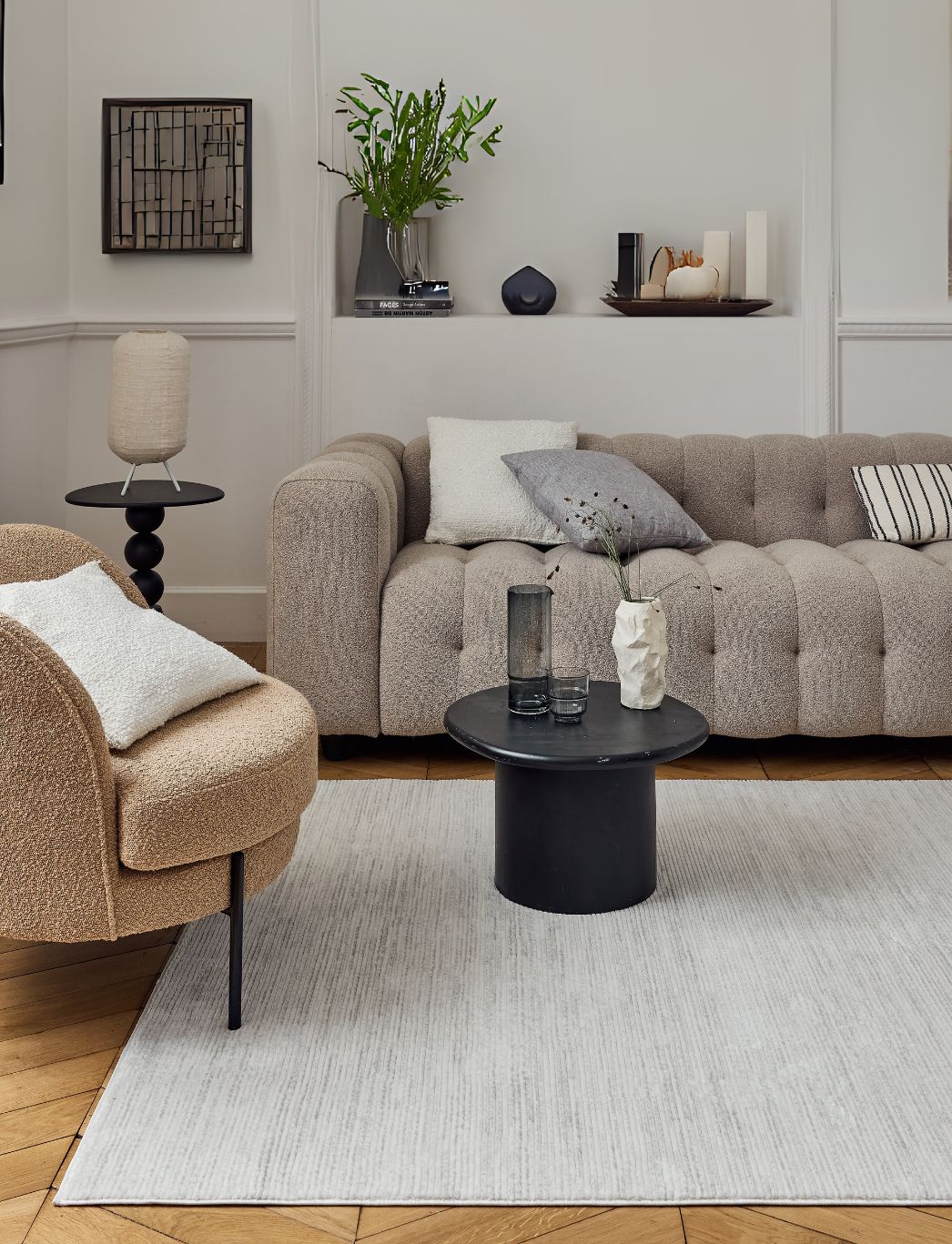
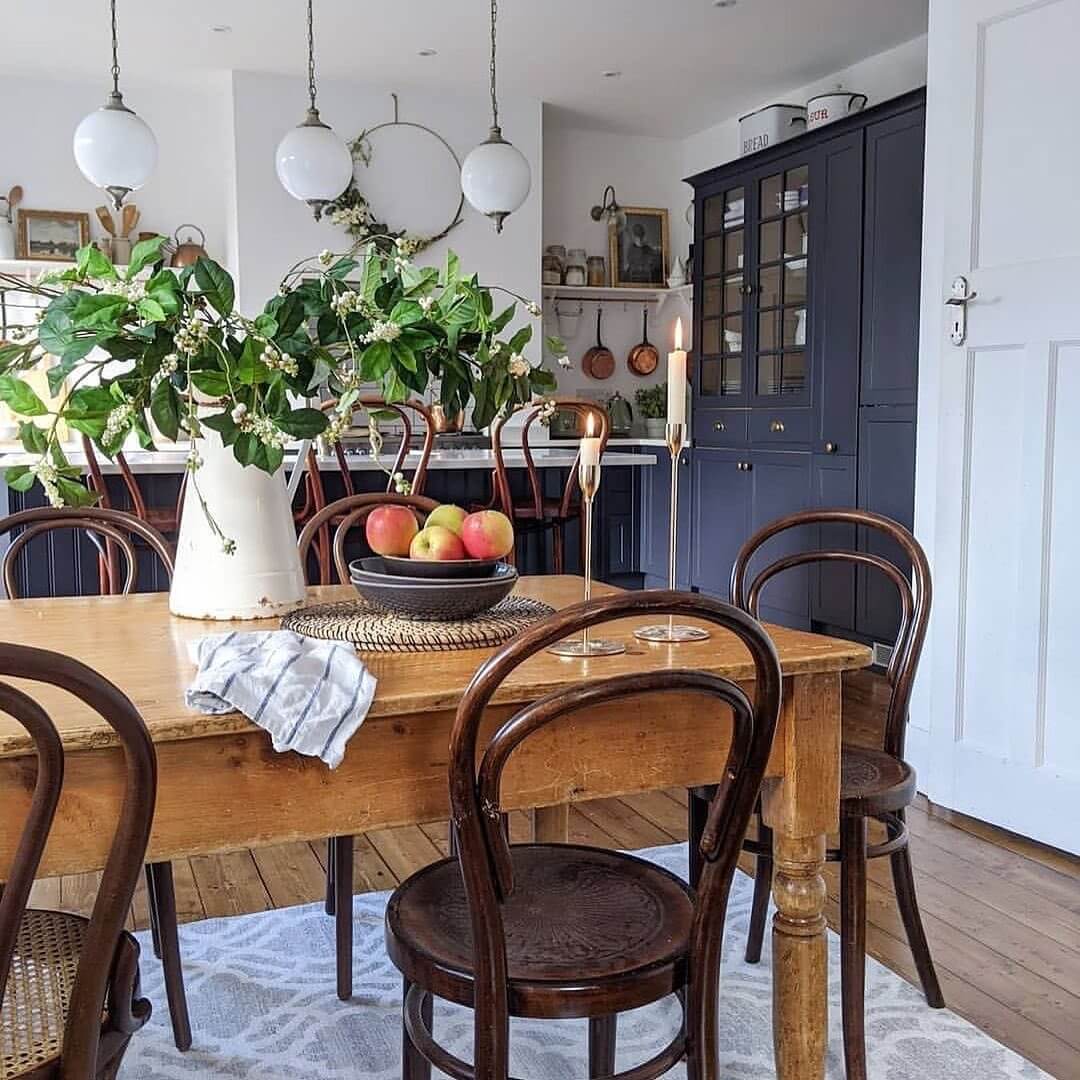
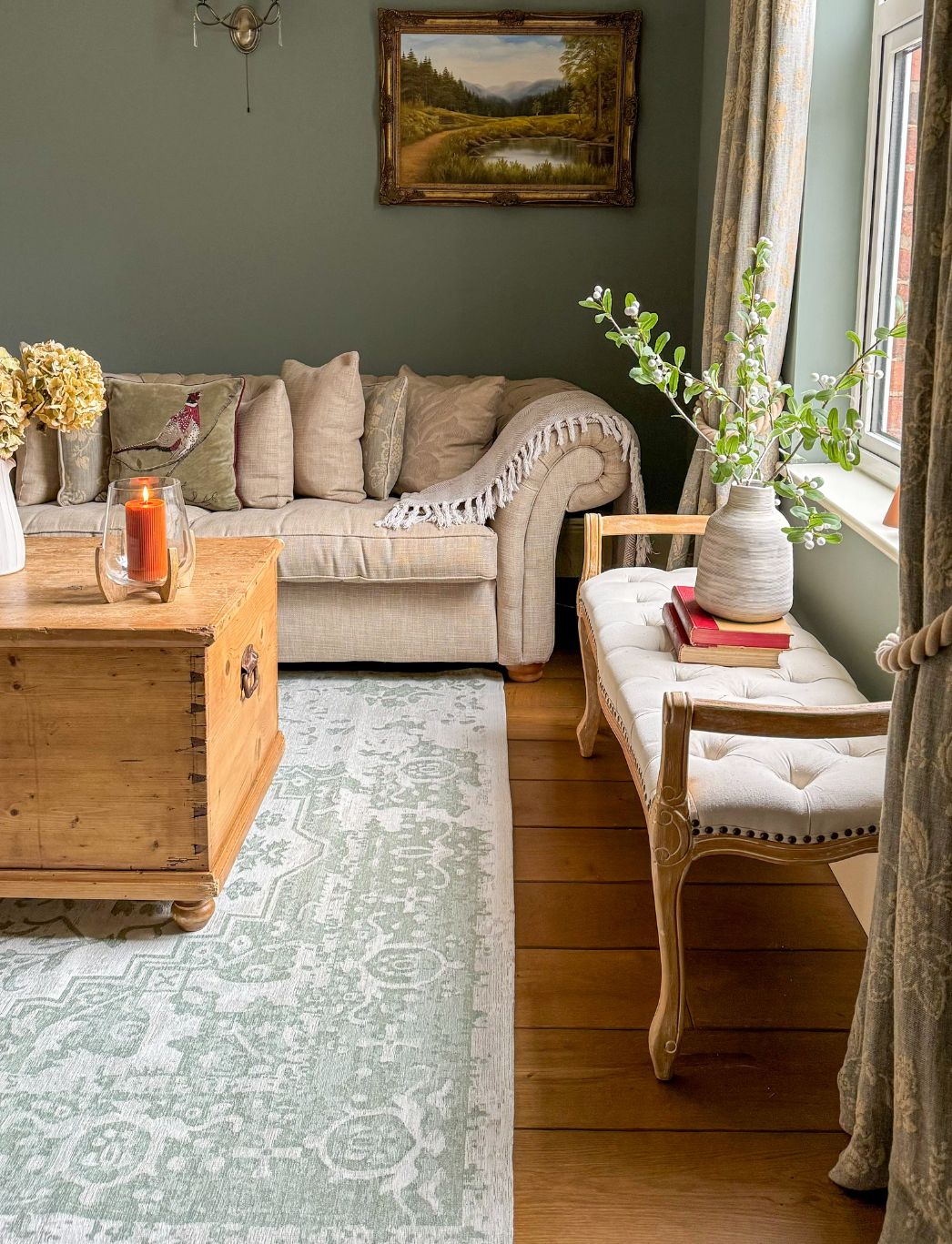
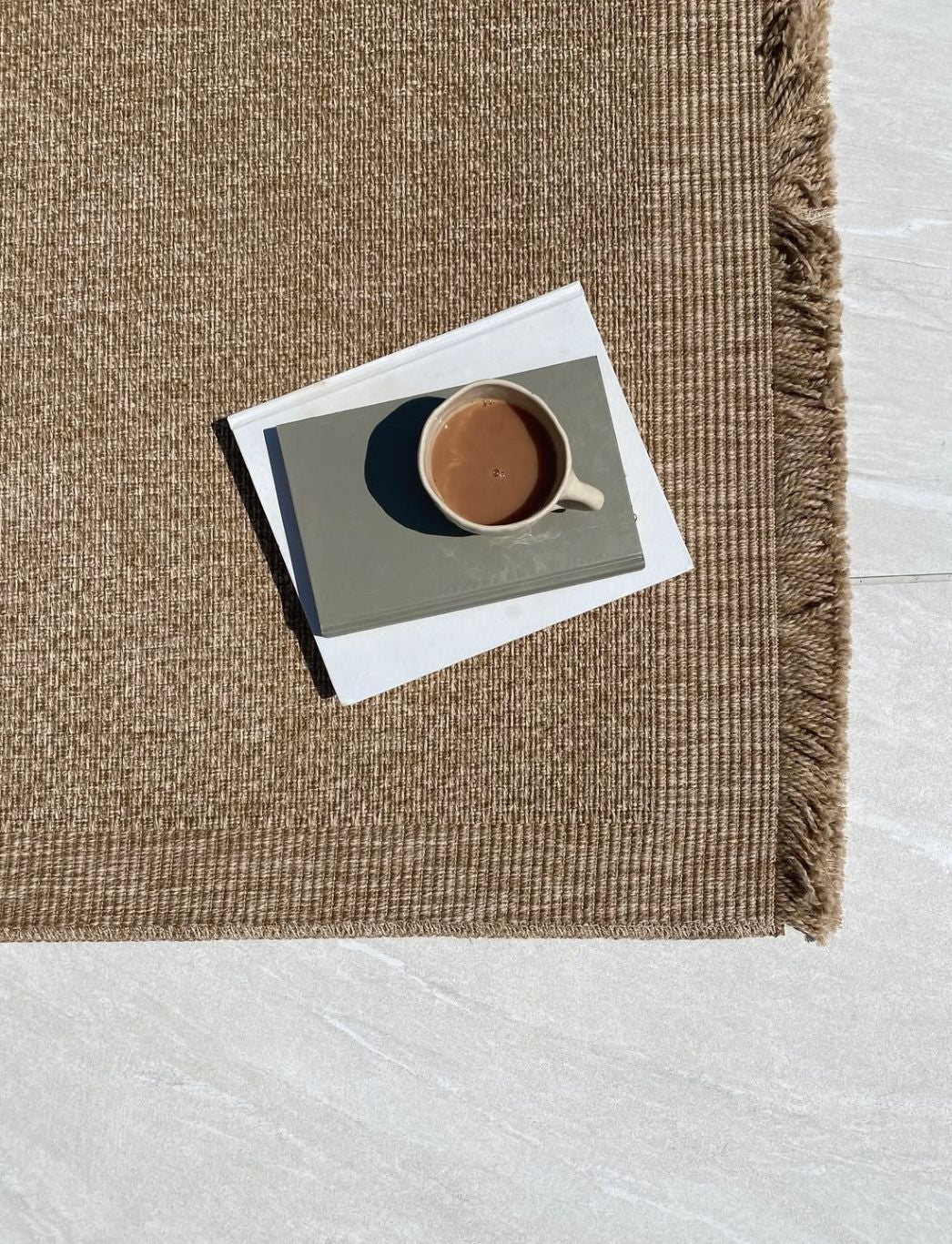

Leave a comment